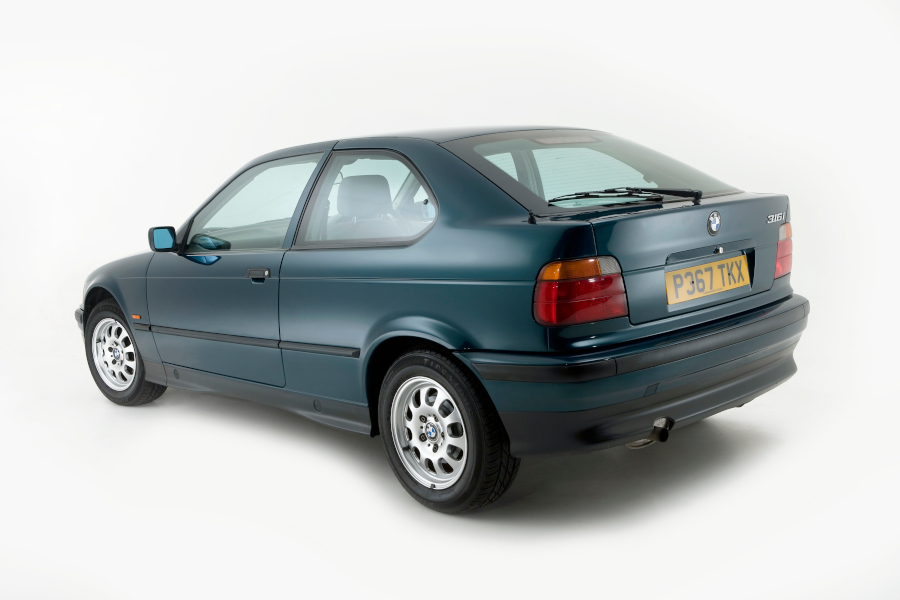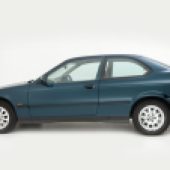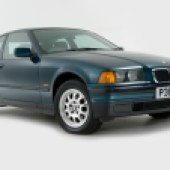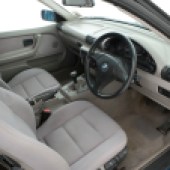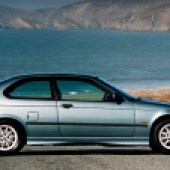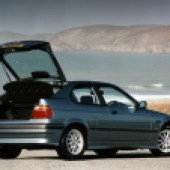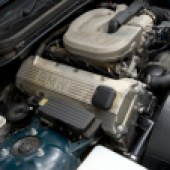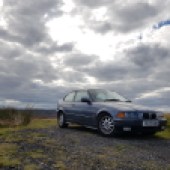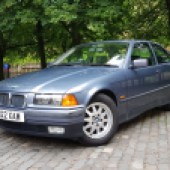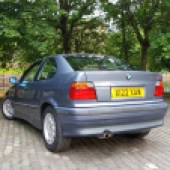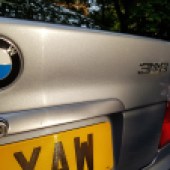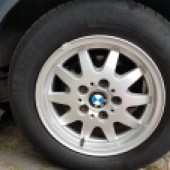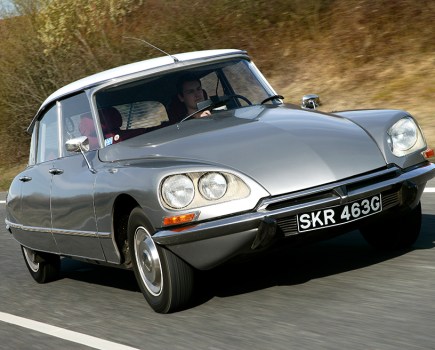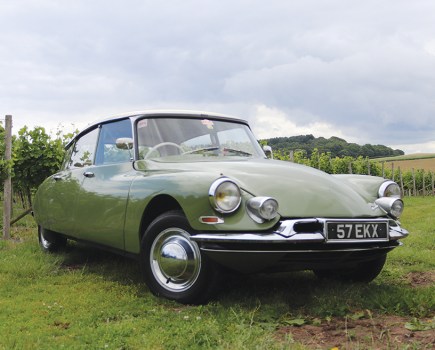We revisit BMW’s first attempt at an entry level model first introduced some 30 years ago: the E36 3 Series Compact
Words: Paul Wager
Today nobody would argue that BMW is master of the niche model. From the regular two and four-door saloons to the Gran Coupe hatchback variations and then the high-riding ‘X’ models, throw in the ever-expanding MINI range, a smattering of sports cars and coupes and whatever obscure your preference there’s something in the range to suit – and that’s before we even get into the i-badged EVs, the Rolls-Royces and of course, motorbikes.
Back in the mid 1990s though, things were very different indeed. You had the 3, 5 and 7 Series saloons, all essentially differently sized versions of each other (‘cookie cutter’ clones as controversial Chris Bangle would later point out), with a couple of estates, the 3 Series coupe and a convertible. With the big 8 Series coupe at the top of the range, that was your lot.
In 1994 though, BMW started to take notice of newly-accepted industry wisdom that volume was key to survival and made a move into the Golf segment. It was a clumsy move but a definite statement of intent alongside the higher-profile acquisition of Rover the same year.
Based on the 3 Series in its then-current E36 incarnation, BMW’s Golf challenger was essentially a cut-down version of the regular saloon with a rear suspension derived from the older E30 model and a list price undercutting the entry-level 3 Series by around £1000.
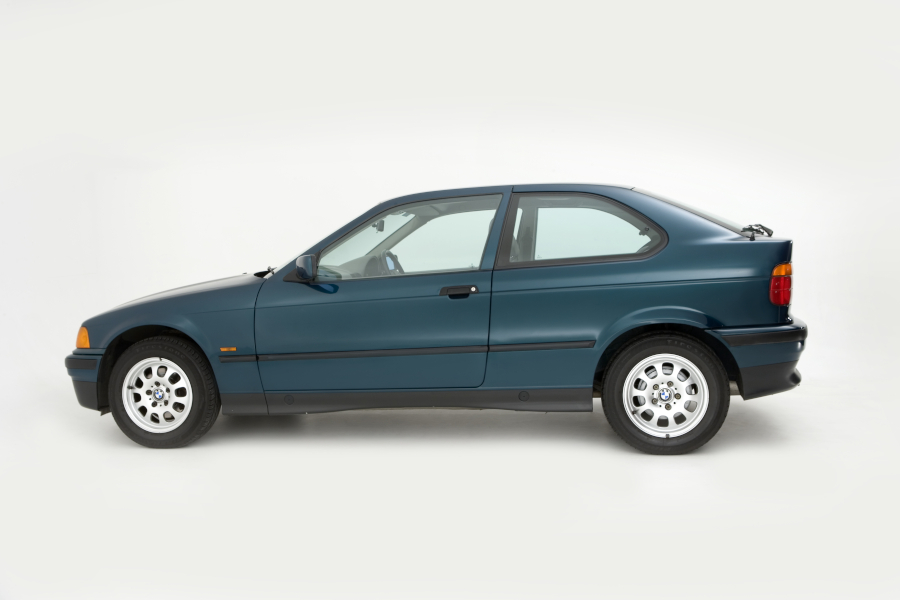
The use of the older semi-trailing arm set-up in place of the sophisticated ‘Z Axle’ multi-link design employed under the E36 served two purposes. Firstly, it was significantly cheaper to manufacture (10% less reckoned insider estimates) and secondly, it was usefully more compact, providing useful boot space in the car’s stumpy tail. Indeed, the same approach would later be used with the Z3 roadster, where it made the difference between having a small boot or no boot at all.
Marketed as the 3 Series Compact, in the UK it was offered only with four-cylinder engines. European buyers could order a 323ti with the 2.5-litre M52 straight-six good for 170bhp, but in the UK the range-topper was the 318ti – those letters harking back to performance models of the 2002 era. Although the 143bhp from the 16-valve four-cylinder gave it a 130mph top speed, the 0-60mph sprint at 9.9 seconds was more mid-range Mondeo than GTI. We also got the rather lacklustre 90bhp 318tds diesel which really stretched that Ultimate Driving Machine tagline to breaking point.
Its E36 front end meant the Compact was ripe for modifying and countless have since received the more powerful 192bhp straight six from the 328i, or even the M3 lump. In fact BMW itself constructed a single M3-engined Compact, neatly completed with all the other M3 details in partnership with German magazine Auto Motor und Sport.
At £13,650 in 1995 the basic 316i Compact lowered the entry ticket to BMW ownership by some £2000, even if it was some £1000 more than the equivalent mid-range Golf and there were plenty of buyers attracted to its combination of prestige badge and compact dimensions – a recipe which BMW would later exploit to the maximum with the reborn MINI brand.
Further up the range, the 318ti may have won fans for its rear-drive handling but its £15,650 showroom price put it head-on with the Golf GTI 16V, leaving a few hundred pounds spare for some options which rather dented its appeal.
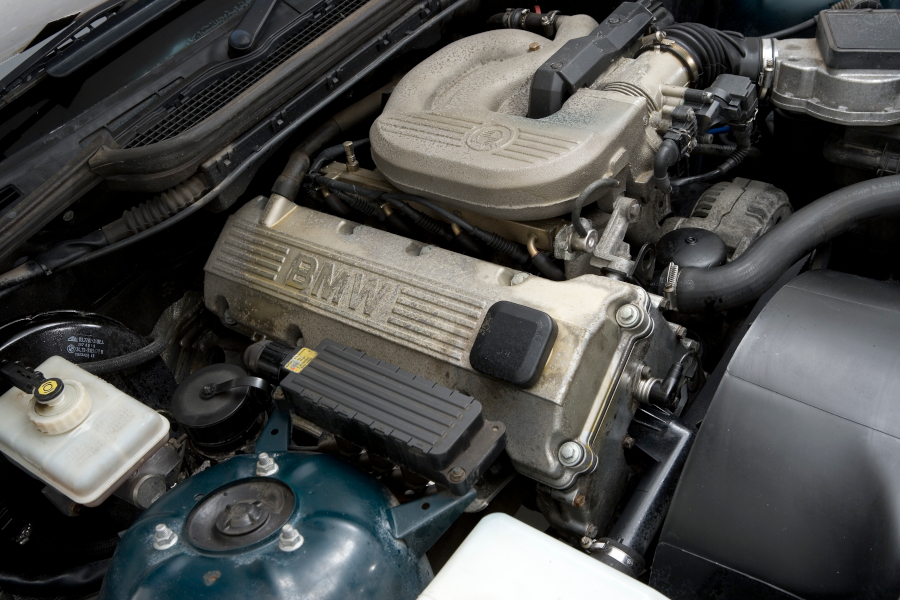
On the road, the Compact feels unsurprisingly like a more refined evolution of the E30 3 Series and in isolation seems like a credible effort, combining the advantages of BMW’s solid build with a smaller package. It’s when you start to compare it with the competition that it starts to come apart though: the Mk3 Golf GTI for example simply leaves the 318ti for dead on a twisty road as the slow steering and understeer blunt the advantages of a rear-drive layout. Despite the stumpy bodywork, the Compact shares the wheelbase of the full-size 3 Series so it does offer surprisingly good ride quality but simply lacks the punch to make the leap from GL to GTI.
All of which explains why the original Compact was a steady seller rather than a runaway success on the UK market. Across Europe though it proved popular enough for BMW to keep it in production after the launch of the replacement E46 generation in 1998, with an E46 Compact eventually released in 2000.
Second time round, the Compact was mechanically identical to the regular 3 Series, although BMW UK did treat UK buyers to the six-cylinder 325ti this time round. The Compact would disappear as a model when E46 production ended, but its spirit clearly lived on in the shape of the 1 Series launched in 2004 and of course the MINI.
One thing’s true though: regardless of what the group test verdicts said, the Compact worked out a whole lot more successful than the Rover adventure announced at the same time.

